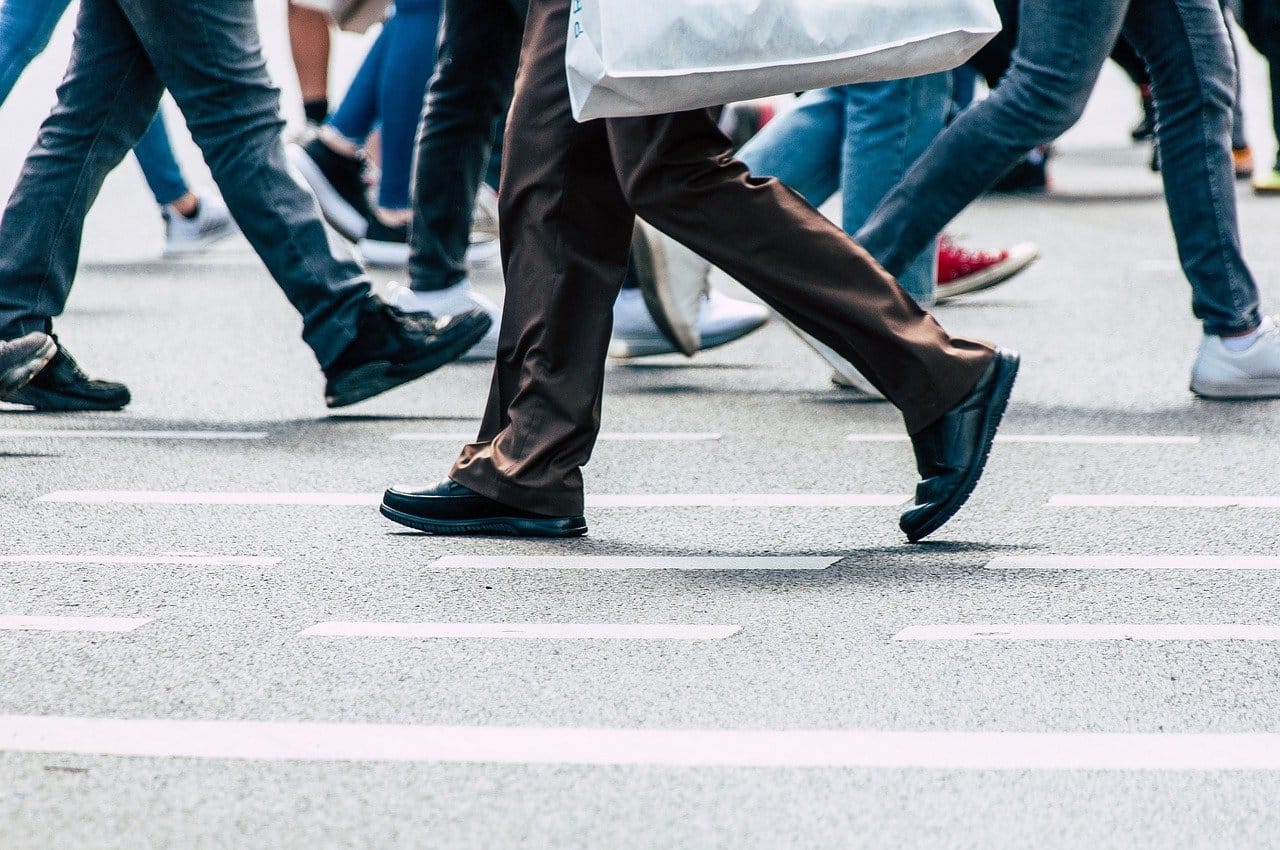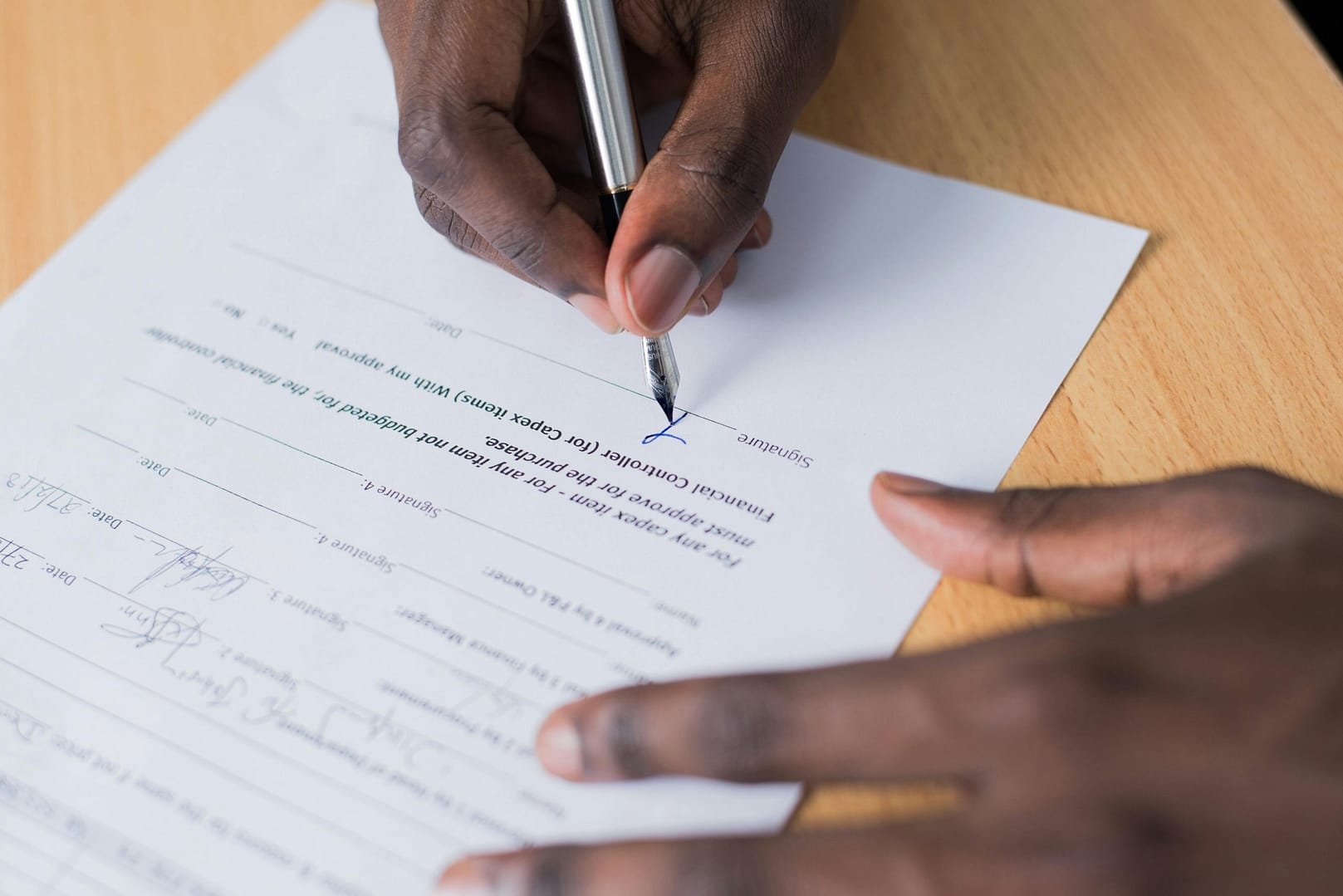Walking—the age-old mode of transportation that connects us to our surroundings, provides exercise, and keeps the environment cleaner. As a pedestrian, the simple act of walking seems harmless, but the reality is that it comes with its own set of risks. In this article, we will explore the essential safety measures to take as a pedestrian, diving into the potential risks and sharing best practices that can help keep you safe on your journey. We will also walk you through how best to make a road traffic accident claim.
Understanding the Risks
Before we delve into the safety measures, it’s crucial to understand the risks that pedestrians face every day. In a world buzzing with cars, bicycles, and various modes of transport, pedestrians are often the most vulnerable users of the roadways. Distracted drivers, speeding vehicles, and unpredictable intersections can turn a leisurely stroll into a dangerous undertaking. According to the World Health Organisation, over 270,000 pedestrians lose their lives each year in traffic accidents, highlighting the urgent need for vigilance and proactive safety measures.
Best Practices for Pedestrian Safety
Obey Traffic Signals and Signs
Just as drivers must heed traffic signals and signs, pedestrians too have their own set of rules to follow. Whether it’s the classic walk signal at an intersection or a pedestrian crossing sign, these indicators are there for your safety. Always wait for the green signal before crossing and use designated crosswalks whenever available.
Stay Visible and Alert
In the realm of pedestrian safety, visibility is your best friend. Wearing brightly colored clothing during the day and reflective gear at night can significantly enhance your visibility to drivers. Additionally, staying alert and avoiding distractions, such as smartphones and headphones, can help you respond quickly to potential hazards.
Make Eye Contact with Drivers
Never underestimate the power of eye contact. When crossing a road, try to establish eye contact with drivers waiting to turn or approaching intersections. This simple gesture ensures that they acknowledge your presence and are more likely to yield to your right of way.
Look Both Ways
A lesson taught to us since childhood, looking both ways before crossing a street remains a timeless rule. Even at intersections with traffic signals, it’s essential to scan both sides of the road for any potential threats. Remember, not all drivers adhere to the rules, so staying cautious can save your life.
Use Paths
Whenever available, use designated paths for pedestrians. Walking on the side of the road can be risky, especially if there’s no clear separation from vehicular traffic. If paths aren’t accessible, walk facing the oncoming traffic to ensure you can see approaching vehicles.
Avoid Alcohol and Drugs
Just as impaired driving is dangerous, impaired walking can be equally hazardous. Alcohol and drugs can impair your judgment and reaction times, increasing the likelihood of accidents. If you’ve indulged, consider finding an alternative mode of transportation or waiting until you’re sober to navigate the streets.
Teach Children Safe Habits
Instilling safe pedestrian habits in children from a young age is paramount. Teach them about traffic rules, the importance of holding hands when crossing the street, and the significance of using crosswalks. By nurturing these habits early on, you’re setting the foundation for a lifetime of safe pedestrian practices.
Plan Routes Carefully
If you’re walking in an unfamiliar area, take a moment to plan your route. Opt for well-lit and well-populated pathways, and avoid shortcuts through dimly lit or secluded areas, especially at night. Planning your route ensures that you stay on safe paths and can easily find help if needed.
Making a Road Traffic Accident Claim
Despite all precautions, accidents can still happen. If you find yourself injured in a road traffic accident as a pedestrian due to the negligence of a driver, you might be entitled to make a road traffic accident claim. Seeking legal guidance and assistance can help you navigate the complexities of the claims process, ensuring that you receive the compensation you deserve to cover medical expenses, loss of income, and any other damages resulting from the accident. Consult National Claims for assistance in making a claim for any injuries you suffer when involved in a road traffic accident.
Conclusion
Walking is a fundamental human activity that offers numerous benefits, but it’s crucial to recognise the potential risks that come with navigating the streets as a pedestrian. By understanding these risks and implementing the best practices mentioned above, you can significantly enhance your safety and well-being. Remember, pedestrian safety isn’t just about following rules; it’s about embracing a mindset of caution, awareness, and respect for the shared spaces we all inhabit. As you take your next step on the path, keep these safety measures in mind and make every walk a safe and enjoyable experience. And in the unfortunate event of an accident, know your rights and options for making a road traffic accident claim to ensure your interests are protected.
Contact us today to find out more about making a road traffic accident claim and start your own claim today.
Click below to see why we are one of the most trusted claims management companies in the UK.






